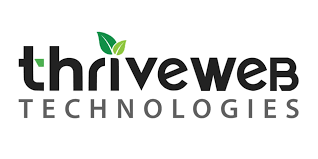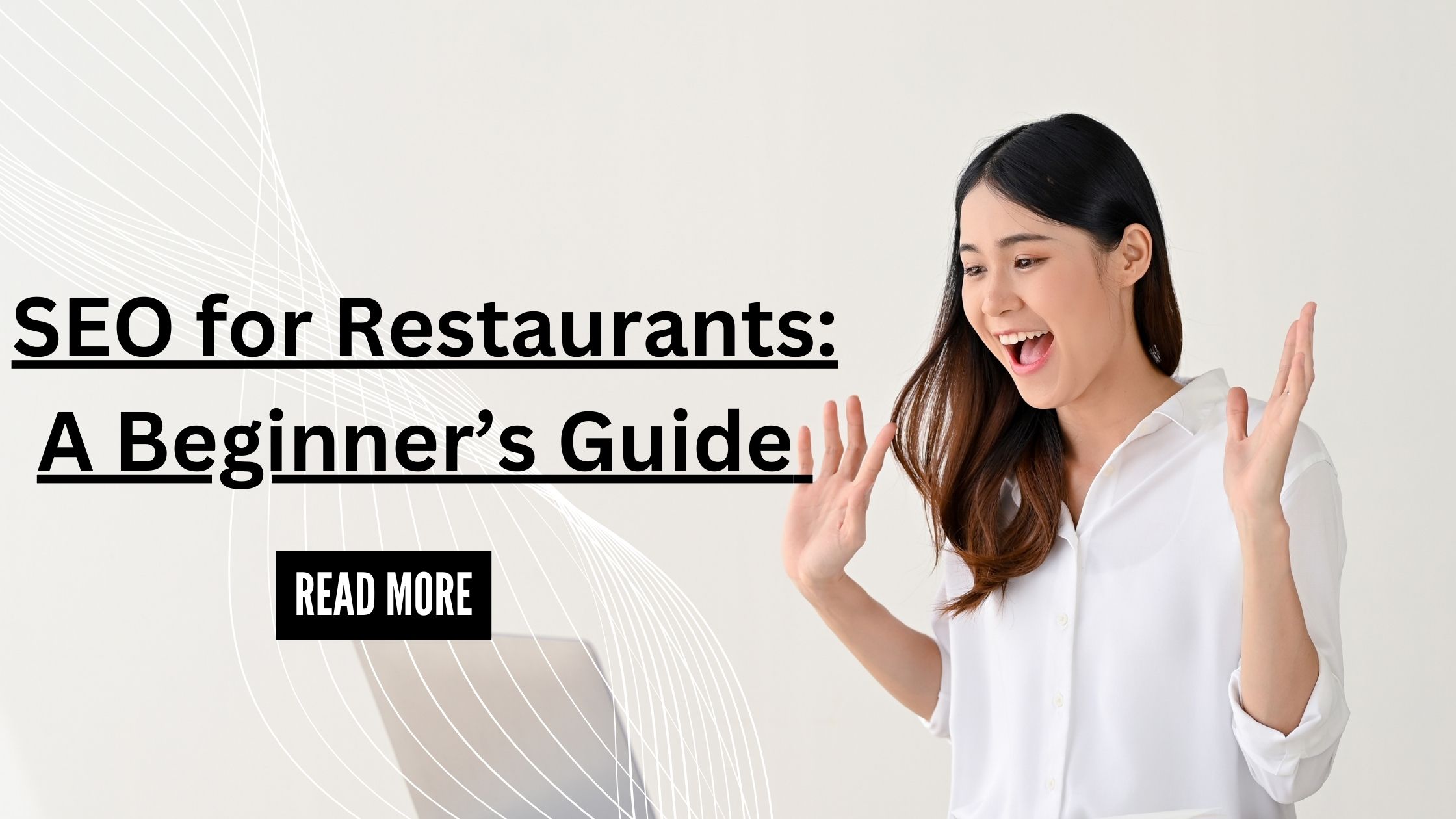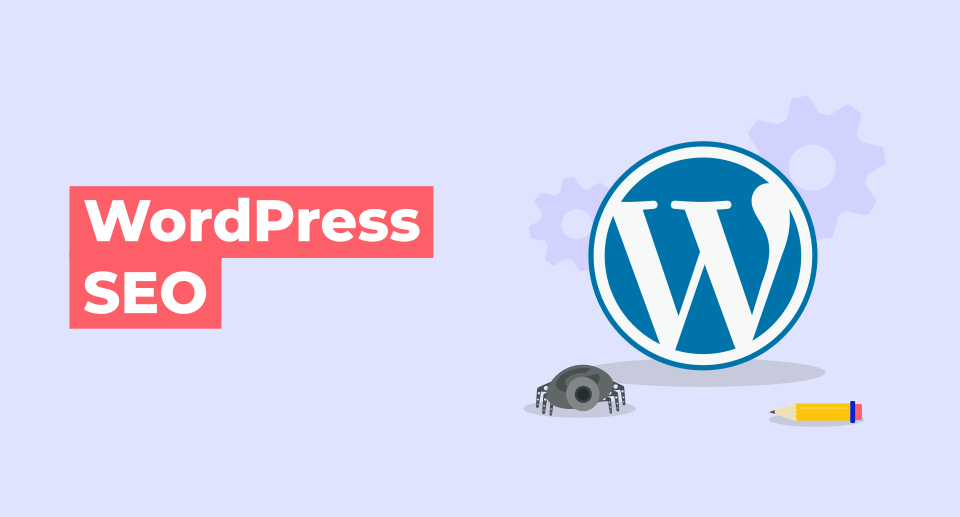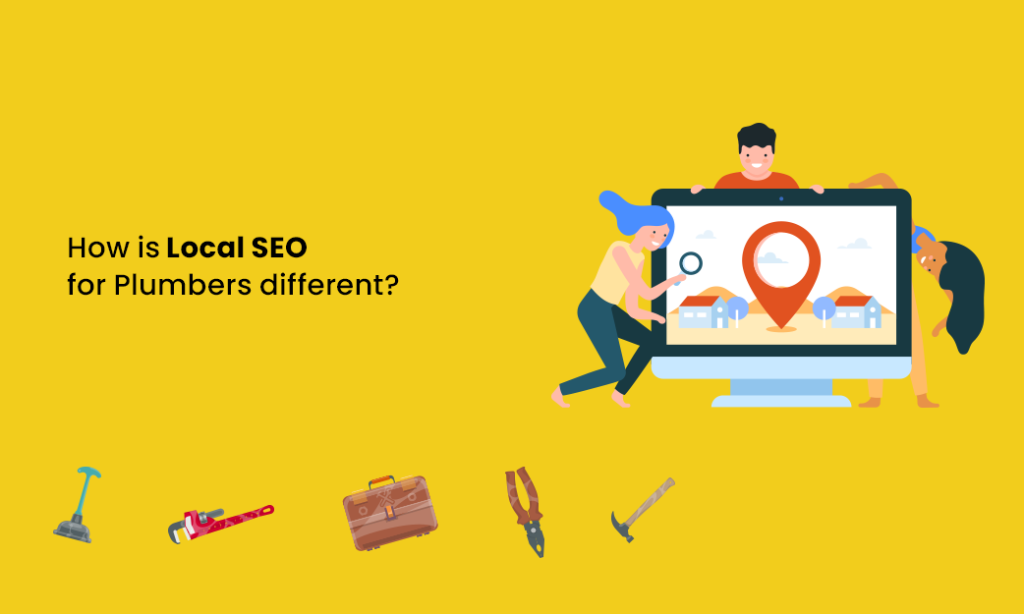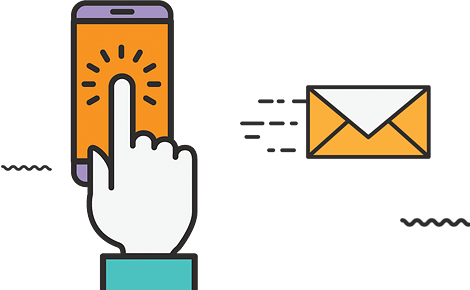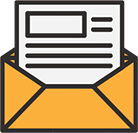In today’s fast-paced digital world, marketing strategies have evolved significantly. Businesses are no longer just relying on traditional digital marketing techniques like SEO, content creation, and social media management. Instead, they are embracing new-age technologies like Artificial Intelligence (AI) to take their digital marketing efforts to the next level. But how does AI-driven digital marketing compare to traditional digital marketing? And, which approach should you adopt for your business? Let’s break down the differences and examine how both approaches apply in real-world scenarios.
What is Digital Marketing?
At its core,digital marketing refers to all marketing efforts that use the internet or an electronic device to reach a potential audience. The traditional tactics within this field include:
- Search Engine Optimization (SEO): Optimizing a website or content to rank higher on search engines like Google.
- Social Media Marketing: Creating posts, running ads, and building an online community on platforms like Facebook, Instagram, and Twitter.
- Content Marketing: Developing blog posts, articles, videos, infographics, and other content types that resonate with your audience.
- Email Marketing: Sending personalized messages or newsletters to subscribers.
- Pay-Per-Click (PPC) Advertising: Running paid ads on search engines, social media platforms, and websites to drive traffic to your site.
These approaches have been effective for years, but they often require a significant amount of time, effort, and manual work to implement, track, and optimize.
What is AI-Driven Digital Marketing?
Artificial Intelligence is revolutionizing the marketing landscape by automating and enhancing many aspects of the digital marketing process. AI-driven digital marketing refers to using advanced AI technologies to analyze data, predict consumer behavior, and automate various marketing tasks. Some of the key AI applications in marketing include:
- Predictive Analytics: AI can process vast amounts of data to predict future consumer behavior, helping businesses make more informed decisions about targeting and content.
- Chatbots and Virtual Assistants: AI-powered chatbots can engage with customers 24/7, answer questions, and guide them through the purchasing journey, providing a more personalized experience.
- Personalization: AI can create hyper-targeted campaigns based on users’ browsing history, social media activity, and purchasing behavior, ensuring the right message reaches the right audience.
- Automated Content Creation: AI tools like GPT-based technologies can assist in generating blog posts, product descriptions, and even social media captions, saving time and resources.
- Programmatic Advertising: AI algorithms can automatically purchase ads at optimal times and places based on real-time data, improving ROI.
AI-driven digital marketing relies heavily on data and machine learning to optimize marketing campaigns, often making it more efficient and scalable than traditional methods.
The Key Differences: Digital Marketing vs. AI-Driven Digital Marketing
Automation and Efficiency
- Traditional Digital Marketing: Requires a lot of manual effort. You need a team to manage social media accounts, craft content, analyze performance, and adjust strategies. It’s time-consuming, and there’s always the risk of human error.
- AI-Driven Digital Marketing: Automation is the game-changer. AI can automate repetitive tasks like ad placements, content recommendations, and lead nurturing, significantly reducing time spent on routine activities. AI systems can also adapt in real time, making adjustments to campaigns based on data analysis.
Data Analysis
- Traditional Digital Marketing: Data is crucial, but traditional digital marketers may rely on basic analytics tools and manual reporting. Campaign performance analysis can be slower, and insights may not always be as accurate or timely.
- AI-Driven Digital Marketing: AI excels at processing vast amounts of data in seconds and identifying patterns that might not be immediately visible to humans. This allows for more data-driven decision-making and the ability to predict trends and behaviors with higher accuracy.
Personalization
- Traditional Digital Marketing: Personalization efforts rely on demographic data and behavior insights collected through cookies and surveys. However, creating a truly personalized experience can be time-consuming and lacks the precision that AI can offer.
- AI-Driven Digital Marketing: AI enables hyper-personalization by using real-time data such as browsing behavior, past interactions, and even social media activity. The content, offers, and recommendations are tailored to the individual level, which significantly enhances user engagement and conversion rates.
Cost and Resource Efficiency
- Traditional Digital Marketing: While effective, traditional methods often require a larger team of marketers, content creators, and analysts. This can be expensive and resource-intensive.
- AI-Driven Digital Marketing: Once set up, AI can scale marketing efforts without needing a proportional increase in resources. For instance, an AI-powered platform can manage multiple campaigns simultaneously, optimizing them in real time, which can significantly reduce overall marketing costs in the long run.
Speed of Adaptation
- Traditional Digital Marketing: Adjusting campaigns based on performance metrics may take time. Marketers often have to wait for reports to be generated, analyze them, and then implement changes.
- AI-Driven Digital Marketing: AI tools can quickly analyze data and implement changes in real-time. For instance, AI can adjust a paid search ad’s bidding strategy or change the targeting criteria instantly based on campaign performance.
The Best Approach: Blending Both Worlds
While both traditional digital marketing and AI-driven digital marketing have their distinct advantages, the most successful campaigns often incorporate elements of both.
When to Use Traditional Digital Marketing:
- Brand Building: If you’re focusing on brand awareness and building a relationship with your audience, human-centric methods such as content creation, storytelling, and social media engagement are crucial.
- Creative Content Development: Traditional digital marketing excels when it comes to crafting engaging content that resonates emotionally with an audience. AI can help in content creation, but human creativity is still essential for establishing your brand’s voice and vision.
- Niche Markets: For businesses that cater to niche markets, traditional digital marketing methods like SEO and email marketing, with a highly focused strategy, can work wonders.
When to Leverage AI-Driven Digital Marketing:
- Scalability: If you’re looking to scale your campaigns across multiple channels, AI is incredibly effective in handling the increased volume of data and tasks.
- Real-Time Optimization: If your goal is to rapidly test and optimize ad campaigns, AI can adjust bids, targeting, and creatives in real time to ensure maximum ROI.
- Hyper-Personalization: If you’re looking to deliver a highly personalized experience to your customers based on behavior, preferences, and interests, AI can provide the data and tools needed to make this happen efficiently.
Conclusion
The debate between traditional digital marketing and AI-driven digital marketing is not about which one is better but how they complement each other. Traditional marketing is still highly effective for brand-building, content creation, and targeted outreach, while AI brings precision, automation, and scalability to the table.
For modern businesses, combining the best of both worlds—leveraging AI for automation, data analysis, and personalization, while relying on human expertise for creativity and relationship-building—is the key to a successful digital marketing strategy. By applying the right mix of traditional and AI-powered techniques, you can ensure your business stays ahead of the curve in the ever-evolving digital landscape.
